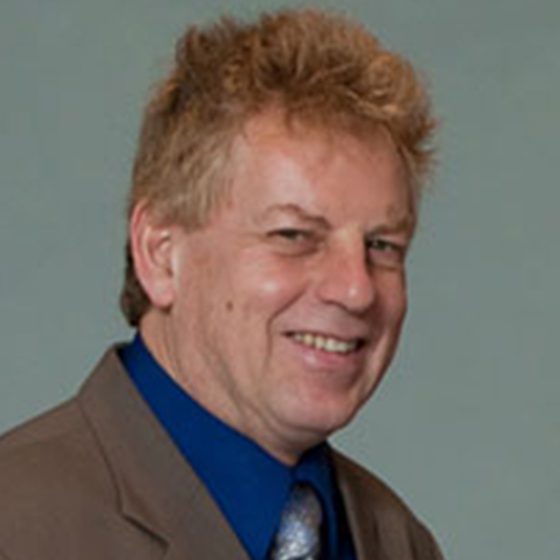
Biography
After receiving his doctorate from the Technical University of Berlin in 1983, Lindau was a postdoctoral associate at the Max-Planck-Institute for Biophysical Chemistry in Göttingen and at the Free University of Berlin, where he became an assistant professor in 1988. From 1992 through 1997 he was an associate member of the Max-Planck-Institute for Medical Research and taught biophysics at the University of Heidelberg. He joined the faculty at Cornell in 1997. He is active as a consultant in the areas of biophysics, physiology, and cell biology, and is a member of the Biophysical Society and the Society for Neuroscience.
Research Interests
The aim of our research is to achieve a mechanistic understanding of the molecular nanomachine that releases neurotransmitters, hormones and other compounds from secretory cells in the body. Several molecular components of this nanomachine have been identified as recognized in the 2013 Nobel Prize in Physiology or Medicine. However, we still don’t understand how the machine works. We use biophysical, computational and molecular techniques to understand the molecular motions that open the gate, which releases the transmitter molecules stored in secretory vesicle inside the cell to the outside of the cell.
- Nanotechnology
- Microfluidics and Microsystems
- Biophysics
Select Publications
-
Rathore, S.S., M. Huang, Y. Zhao, Q. Fang, and M. Lindau. 2020. Electrochemical imaging of exocytotic fusion events using electrochemical detector arrays. In Compendium of In Vivo Monitoring in Real-Time Molecular Neuroscience. G.S. Wilson and A.C. Michael, editors. World Scientific Publishing Co, Singapore. 91-107.
-
Huang, M., S.S. Rathore, and M. Lindau. 2019. Drug testing complementary metal-oxide-semiconductor chip reveals drug modulation of transmitter release for potential therapeutic applications. J Neurochem. 151:38-49.
-
Fang, Q., Y. Zhao, and M. Lindau. 2019. Precise Time Superresolution by Event Correlation Microscopy. Biophys. J. 116:1732-1747.
-
Sharma, S., and M. Lindau. 2018. The fusion pore, 60 years after the first cartoon. FEBS Lett.
-
Sharma, S., and M. Lindau. 2018. Molecular mechanism of fusion pore formation driven by the neuronal SNARE complex. Proc. Natl. Acad. Sci. U S A. 115:12751-12756.
Select Awards and Honors
- 2018 Sir Bernard Katz Award, the Biophysical Society Exocytosis and Endocytosis Subgroup 2018
- Tau Beta Pi Engineering Honors Society Teaching Award, Tau Beta Pi 2010
- President, Biophysical Society Exocytosis &Endocytosis Subgroup 2004
- Appointed Member of Asian Institute of NanoBioScience and Technology 2003
- Humboldt Research Award, Alexander v.Humboldt Foundation Germany 2003
Education
- B.S., Physics, GENL (EXCL BIOPHYS), University Of Hamburg 1977
- Ph.D., Physical Chemistry, Technische Universität Berlin 1983